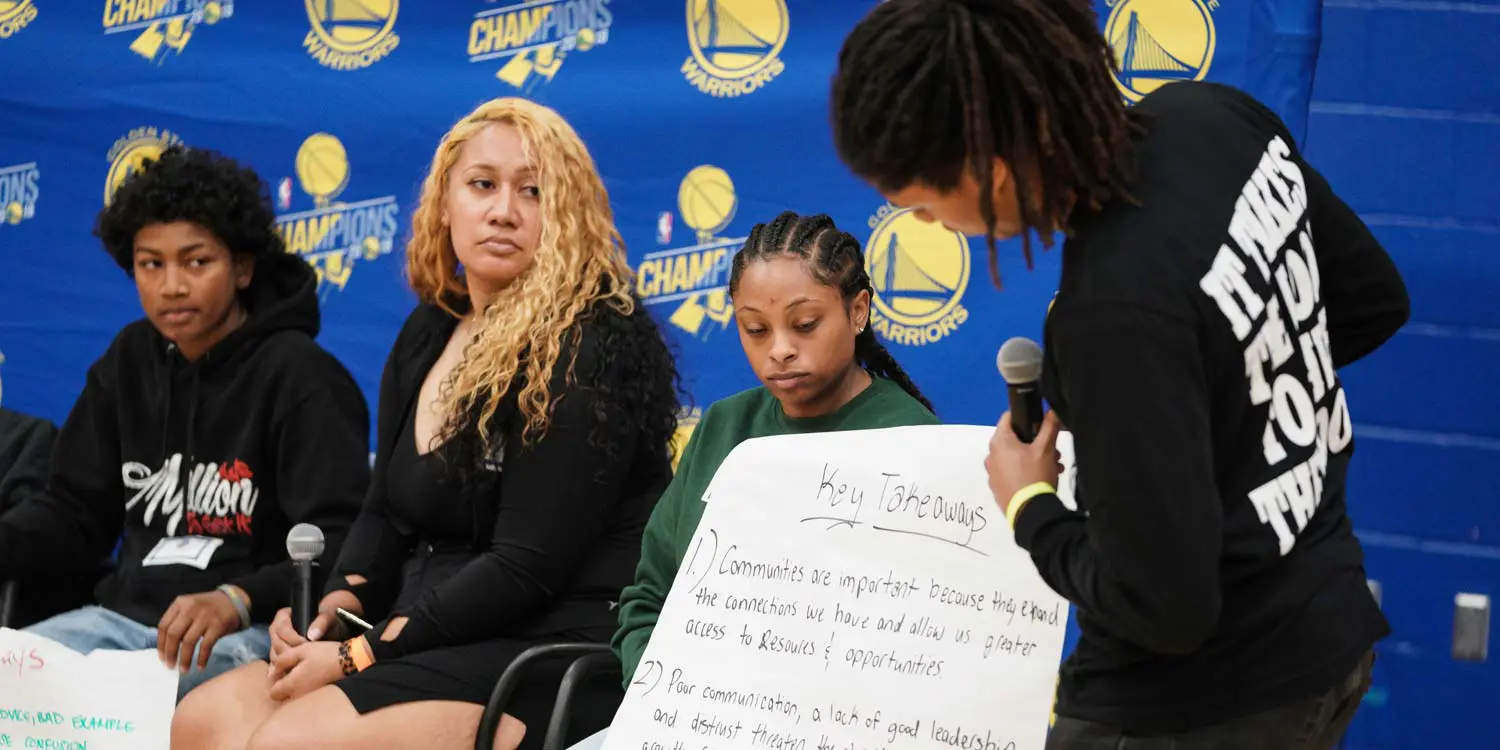RISE MODULE: Haitian Heritage Month
OVERVIEW & HISTORY
Haitian Heritage Month is a month-long observance created to highlight the expansive culture, art, cuisine, and history of Haiti. It was first celebrated in Boston, Massachusetts, in 1998 and draws attention to the Haitian community and its contributions to our society.
Haitian Heritage Month is derived from the island's national holiday, Haitian Flag Day. Haitian Flag Day was recognized on May 18, 1804, when the island of Haiti gained its independence from France and created the country's national flag. The flag is blue, red and white and contains a coat of arms. Haitians honor the day by participating in parades and celebrations donning the colors of the flag. Since 1998, the month of May has been recognized as Haitian Heritage Month in the United States.
Haitians honor the day by participating in parades and celebrations donning the colors of the flag.
Haiti is an island situated between the Caribbean Sea and the North Atlantic Ocean. Haiti occupies the western third of the island of Hispaniola. The culture of Haiti is a mixture of European and African traditions stemming from its French colonization and their dependence on African slave labor to operate sugar plantations. Haiti is one of the most densely populated countries in the world, as well as, one of the poorest. The national language is Kreyol with English being the second most widely spoken language on the island. Soccer is recognized as the most popular sport however basketball is gaining notoriety especially among children. Haitian culture embraces faith, music, dance, family and folklore. Their yearly Carnival celebration, which coincides with other Mardi Gras celebrations around the world, reflects their passion for life and their exuberance for their country.

Haitian athletes have made significant contributions to the world of sports throughout history. They have participated in various sporting events, such as the Olympics, soccer, and boxing, and have achieved notable success. The Haitian soccer team, also known as Les Grenadiers, has participated in several international competitions and has produced many talented players, including Emmanuel Sanon, who scored the first goal for Haiti in the World Cup. In boxing, Joachim Alcine became the first Haitian to win a world championship title in 2007. These athletes have not only brought pride to their country but have also paved the way for future generations of Haitian athletes to follow in their footsteps.
Another notable Haitian athlete is Pierre Garcon. He is a professional football player who has played for several teams, including the Indianapolis Colts, Washington Commanders, and San Francisco 49ers. Garcon has achieved many accomplishments throughout his career, including being the first Haitian-American to score a touchdown in a Super Bowl. He has also been involved in philanthropic work, founding the Helping Hands Foundation, which provides aid to underprivileged children and families in Haiti. Garcon's success in football has not only brought recognition to himself but has also brought attention to Haiti and its people. He has also demonstrated the tremendous platform that athletes and sports have to improve conditions for the underprivileged and underserved.
CONVERSATION STARTERS:
- What do you know about Haitian culture?
- What are the similarities and differences in Haitian culture and American culture?
- What can we do to help the children of Haiti?
- Why is learning about other cultures important?
ACTION STEPS
- • Learn about the history of Haiti
- • Search out and engage with an individual of Haitian descent
- • Explore the art and culture of Haiti by visiting the Haitian Heritage Museum in Miami, Florida
- • Research and become involved in a charity that advocates for Haitians concerns, such as poverty, social injustice and natural disaster recovery
Our
Partners
Stay
In Touch
Follow us on social media.